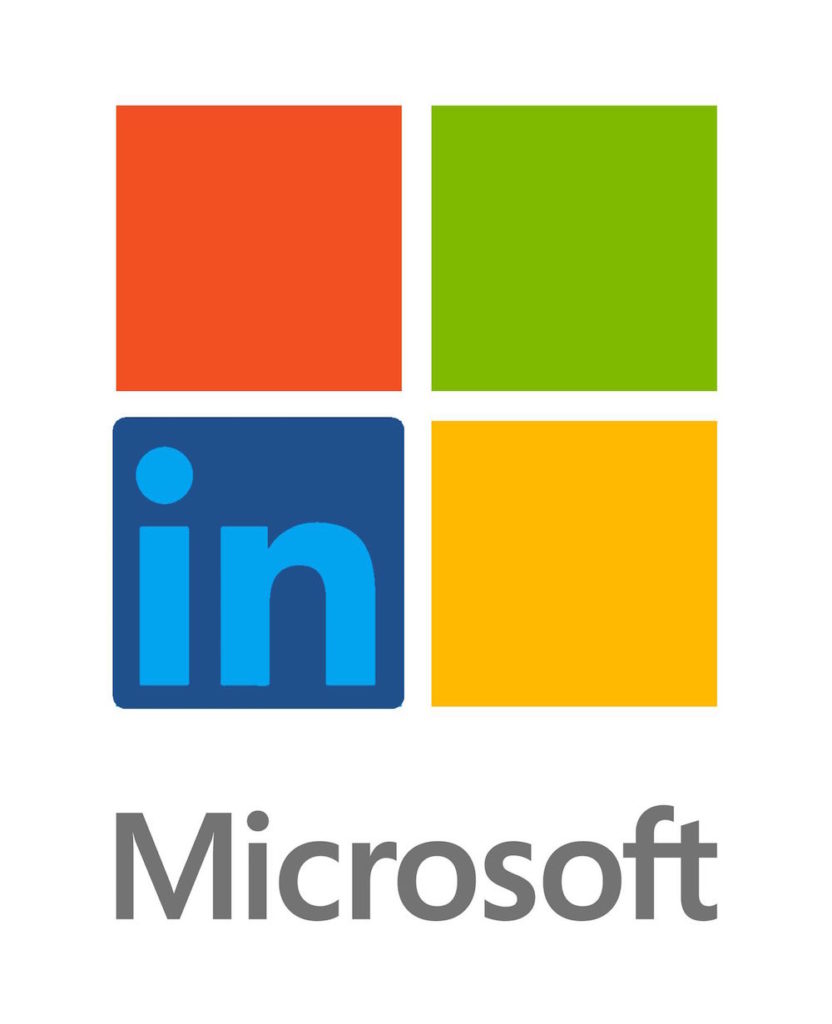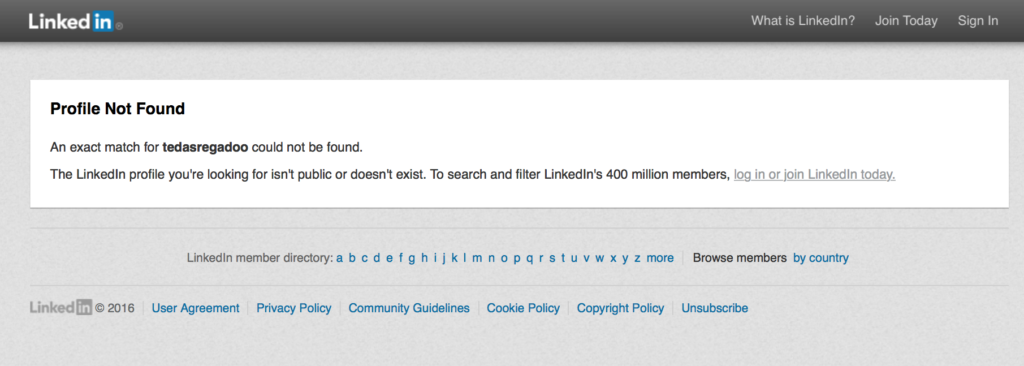
The day LinkedIn announced Microsoft was buying the company, I deleted my LinkedIn profile. I joined the social network in 2007 after reading about it in Wired magazine. The article was quick to point out that while LinkedIn had a quasi ”social” aspect that MySpace, Facebook, and even Twitter excelled in, it was more about the quality of your professional and business connections than the number of connections you had. Being an early adopter to new gadgets and online services, I set up my profile and added connections from my address book. After that, I just kind of let my profile sit there. I didn’t do anything with it other than accept or decline connection requests.
After getting hit with a triple whammy of layoffs (one in 2008, another in 2012, and third in 2013), I was at a career low point. I sought out career advice from online sources while I pieced together three part-time jobs to get some meager cash flow into my household coffers. I joined a professional networking group through my state’s Employment Development Department. I consumed free online videos on how to create an effective online ”brand. I diligently read What Color Is Your Parachute and did all the ”dig deep into your soul” exercises in the book. I went to career fairs, and I applied for jobs through that portal to a black hole known as the ”Apply Online” button, and kept at it for years. In short, I was on a serious job hunt.
Through it all was LinkedIn. Almost every bit of career advice I got during that time was: ”Are you on LinkedIn? Oh, it’s mandatory that you have a LinkedIn profile these days.” I assured people that, yes, I was on LinkedIn and had been for years. I had even taken steps to really use LinkedIn as much as I could. I wrote what I thought were effective headlines for recruiters to see. I included links on my profile page to writing samples, video work, and audio productions. I made sure my job experience corresponded to my ”brand.” I joined LinkedIn’s premium service (and even paid for one month after my free trial ended). I reached out to recruiters through LinkedIn’s version of email. I made sure my profile picture looked professional, I built a website as an additional calling card for my ”brand.” I made sure all of that information was updated on my LinkedIn profile. Oh, and of course I applied for jobs LinkedIn recommended. I did this over and over and over for a couple of years and…nothing. No jobs. No interest in my ”brand.” No recruiters looking at my profile and reaching out for possible job matches. It was a complete and total bust. All that time spent absorbing advice about how LinkedIn was the most important part of career networking because ”almost everyone is on LinkedIn” was for nothing. One of my part-time jobs turned into a full-time gig a few months ago, but LinkedIn had nothing to do with it. I got it because I was already working there and my bosses knew I was looking for full-time work. When an opportunity opened up, I applied and was hired. I was the proverbial ”internal candidate” everyone loathes from outside the company, but wants to be if they are on the inside. Where was the value of LinkedIn in that opportunity? Well, it’s obvious. LinkedIn had no value.
LinkedIn, though, found value on the free data I gave them — and the free data their 400 million users have given them. Their stock has risen and fallen based on user activity. Not just through the creation of profiles, but joining the premium service, getting users to buy into sharpening skills through Lynda.com, and buying advertising. It’s all supposed to be about boosting your career.
If you smell ”shell game” with this business model to placate investors, you’re half right. The other half of the shell game is the way LinkedIn compensates its employees through stock-based compensation. The New York Times has a good article on how this method of keeping talent is difficult when LinkedIn’s stock price falls. So internally, LinkedIn has to keep their talent, grow their user base, and get those users to pay for some of their services. Okay, so no one is going to fault them for trying to make a buck. They are, after all, trying to profit off of people trying to find jobs, looking to upgrade their skills, or get some kind of business opportunity going by connecting with others. There’s always a sizable population looking for better jobs, so why not sell people services that can help them with that? People go to colleges and universities in hopes of getting good jobs, right? In a minor way, LinkedIn replicates alumni associations and college career fairs for their users. They have a really good word of mouth marketing campaign through state governments, too. Why? Because if you’re using Employment Development Department services while getting Unemployment Insurance money, many EDD offices really pressure people to set up a LinkedIn profile as part of their job search. So, you have public agencies advocating for a private company to help their grow their user base. That’s corporate capitalism in a nutshell. Mixing public and private entities for mutual benefit.
But what if LinkedIn doesn’t work for more than people like me? What if more and more people do as I did and have gotten the same results? Granted, it’s a free service with paid add-ons, but it also has this myth built up around it that it’s integral to one’s career. Is it, though? I mean, you have your own network of friends and business acquaintances, right? If you’re looking for a job, what’s the first thing you do? You tell your friends you’re looking. You ask them if they know of any openings. You get the word out in a personal way — meaning that people understand you need help in making connections and will do what they can to help you. That’s what LinkedIn tries to bring online. But the Internet is a crowded place, and people are often only willing to help you until some other shiny object catches their attention.
In a completely unscientific and statistically insignificant manner, I started asking people about how effective LinkedIn has been in their job search. A couple people said that they get a lot of messages from recruiters because their skillset is in demand. Another friend joined a LinkedIn group and found a job because one person in the group used to work with him and there was an opening she was looking to fill. I quipped that his experience was on the Onion News Network’s news crawl that said: ”Area man actually finds job using LinkedIn.” However, the majority of the people in my circle polled said their experience with the service was similar to mine. They would get notifications from LinkedIn for jobs at companies that were ”Looking for candidates like you” only to read through a job notice that had nothing to do with their skillset or career interest. Or, if they did apply for jobs through LinkedIn by attaching their profile (or applied on the company’s website), only rejection emails followed. Now is that the fault of LinkedIn or the company looking to hire employees? I would say the latter, but the former is supposed to be the portal that uses its tech prowess to ease one’s job search — not contribute to the ”black hole” phenomenon companies like Taleo use to screen applications.
So, my experience with LinkedIn may be sour grapes borne out of a time when I was very actively looking for a job and trying to use what’s in fashion to get my resume and profile in front of a hiring manager. But looking at the sheer amount of time I’ve use LinkedIn (I would check the site 4-5 times a day at one point in my job search), coupled with the time I spent revising, adjusting, and tweaking my profile to sharpen my ”brand,” it was a very bad investment because it resulted in zero returns.
If the purchase of LinkedIn by Microsoft leads to anything other than staunching the talent bleed and soothing investor confidence, one area that sorely needs addressing is a simple one: be more effective in finding people jobs.






Comments